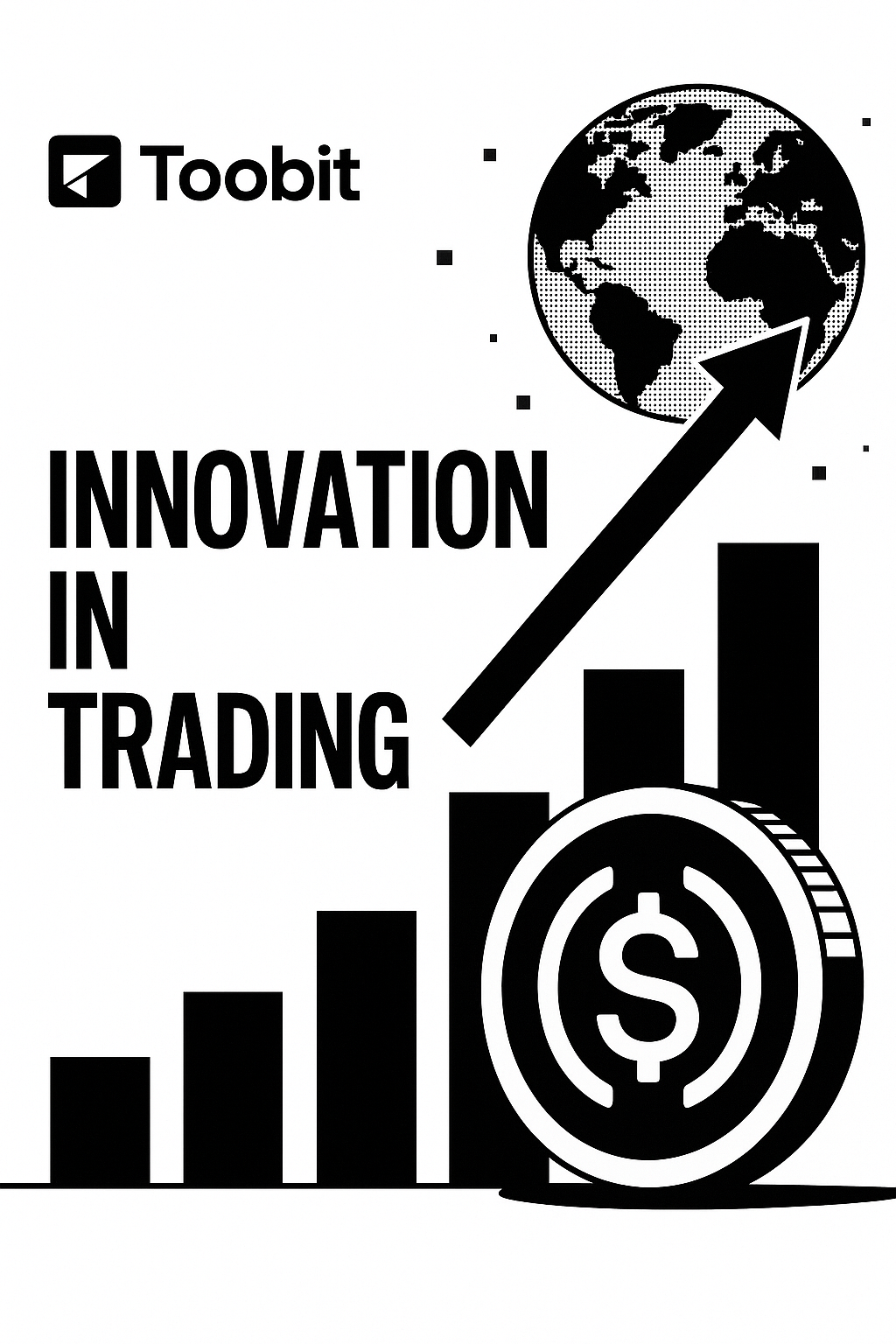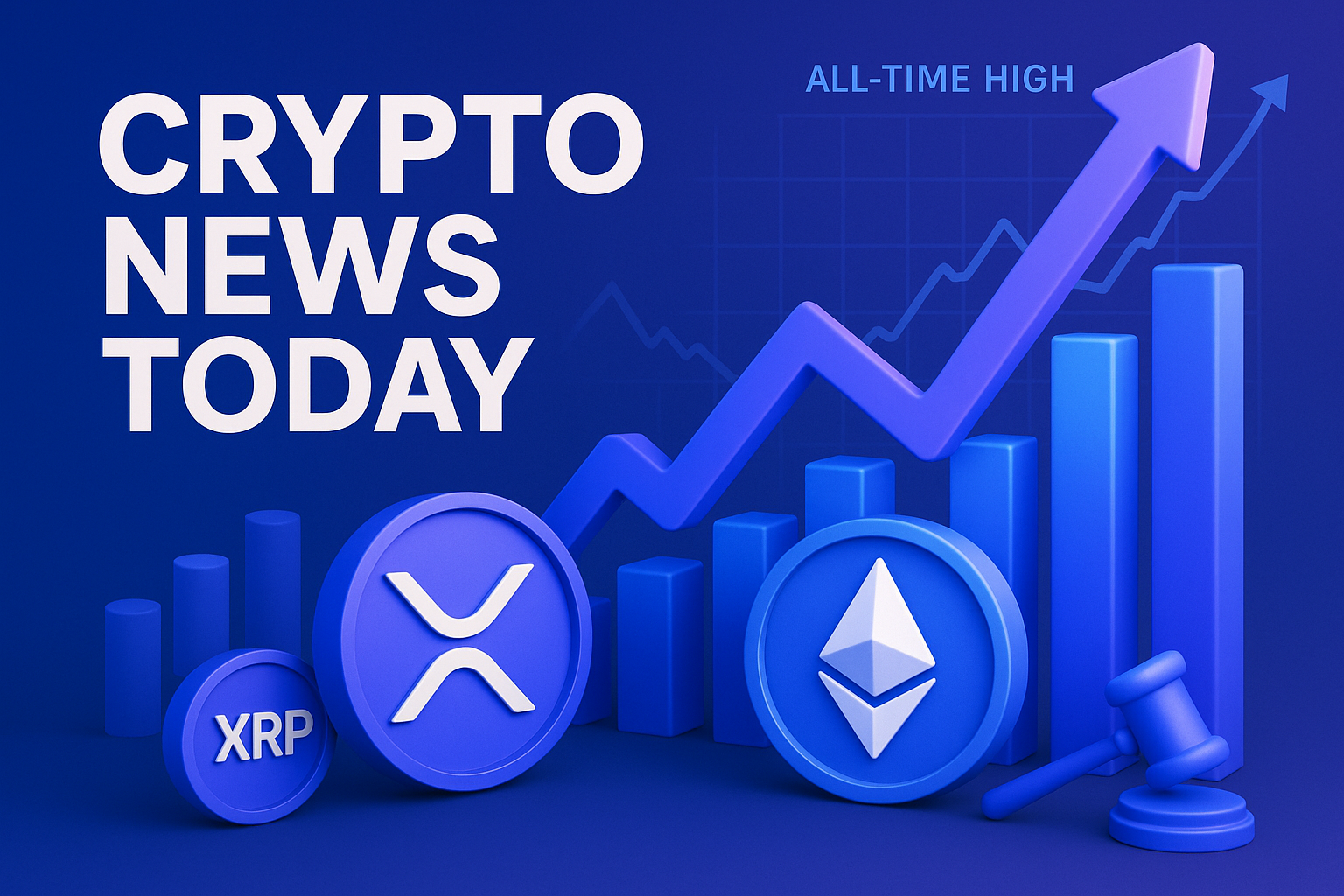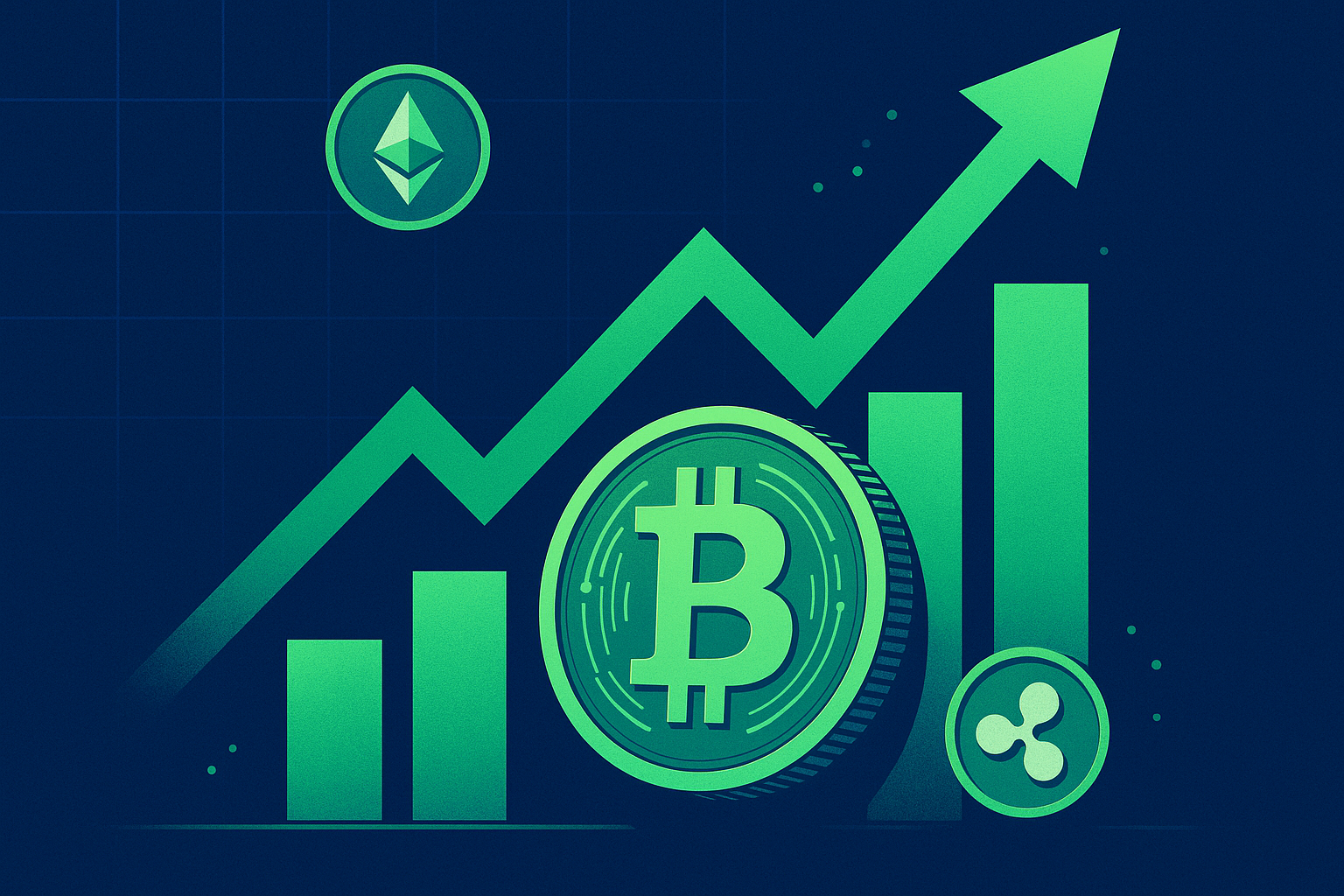While traders were sleeping—well, at least the ones not doom-scrolling Crypto Twitter at 3 a.m.—Toobit quietly flipped the switch on a limited-time zero-fee promo for every single USDC spot pair on its books. If you blinked, you probably missed the tiny banner wedged between the BTC-halving countdown clock and the perpetual funding-rate ticker. Don’t worry, I did too. Let’s unpack why this matters, how the tech plumbing under the hood actually makes it possible, and whether you should even care if you’re already juggling half a dozen exchange accounts.
Here's What Actually Happened
According to the exchange’s press blast dated April 23 2024, all maker and taker fees on USDC spot pairs drop to 0 bps starting today and will stay that way until May 31 2024. No sneaky volume tiers. No VIP-only airdrops. Just a straight waiver, presumably subsidised by Toobit’s marketing war chest (they did snag “Best New Exchange” at the 2023 Global Digital Assets Awards, if awards still impress you).
Right now you can pair USDC against BTC, ETH, SOL, DOGE, SHIB, a couple of AI tokens—plus whatever low-cap gems the listing team aped into last week. If you’re used to Binance’s 0.1% base fee or Coinbase’s 0.6% retail gouge, the math is obvious: zero beats non-zero every time.
So, Why Waive the Fees Now?
I’ve noticed exchanges tend to trot out fee holidays whenever two things converge: liquidity droughts and headline FOMO. We’re in that awkward post-ETF, pre-halving lull where volumes have sagged almost 40% month-on-month (check CryptoCompare’s March 2024 report if you want the nitty-gritty). And USDC itself has clawed back market share after that messy depeg drama in Q1 2023, now sitting around a $32 billion market cap according to CoinGecko.
By killing fees on USDC rails, Toobit does two clever things at once:
- Lures stablecoin whales who arbitrage between CEXs and on-chain DEXs.
- Amplifies its own orderbook depth for pairs that were previously ghost towns after New York bedtime.
I pinged a market-making dev I know at Wintermute for a hot take. He DM’d me (I’m paraphrasing):
“Zero fees mean we can tighten spreads to near-invisible. If Toobit’s matching engine can keep up, you’ll see NBBO-level quotes within hours.”
Translation: if the backend doesn’t choke, you could get near-institutional pricing even on meme-coin/USDC pairs.
Zooming Into the Tech Guts
If you’ve ever wondered how an exchange can afford a fee blackout without lighting piles of cash on fire, you’re not alone. Let me walk you through the abridged version:
- Internalization Engine: Toobit’s matching engine can internally cross trades, keeping them off external liquidity venues. That means lower settlement costs and no clearing-house fees.
- Maker Rebates Already Zero: Many exchanges pay rebates (negative fees) to attract liquidity. By going fee-less, Toobit sidesteps paying out those rebates while still dangling the zero-fee carrot.
- High-Frequency Order Books: Written in Rust (their CTO flexed this at a Hong Kong side event I crashed), the engine can supposedly handle 300k TPS bursts. That’s Solana-level bragging, but the point is scale cheapens marginal trade cost.
- Back-End Sponsorship: Rumour mill says Circle winked at a marketing co-op budget. Nothing on-record, but USDC obviously benefits if more folks treat it as ‘base currency’ instead of USD.
Put all that together and zero fees start to look less like charity and more like a calculated customer-acquisition funnel.
Potential Upsides for You and Me
The obvious play is fee-free rotation. Imagine you hold a chunky altcoin bag on-chain. You pipe it through an EVM bridge, dump into USDC on a DEX, shoot that to Toobit via Arbitrum One, flip into BTC, then ship it to where the next funding spike is. Zero spot fees shave basis points every hop.
I’ve already seen arbitrage-tracking bots on Telegram lighting up with new Toobit routes this morning. If you’re using tools like CoW Swap or Hummingbot, you’ll probably get prompted to add Toobit API keys soon. Just remember API withdrawals still cost gas money plus the exchange’s network fee, which isn’t zero.
Stuff I'm Still Scratching My Head About
OK, here’s where I admit uncertainty (my favourite hobby):
- Wash-Trading Risk: Zero fees can attract volume inflation. Toobit claims a “dynamic wash-trade detector” but declined to share metrics. I want proof, not buzzwords.
- Liquidity Fragmentation: If everyone piles into USDC pairs, BTC/USDT volumes could thin out. That might widen spreads elsewhere. Swings and roundabouts.
- Regulatory Optics: We know Circle loves being the adult in the room. A sudden spike in offshore USDC volume could trigger a fresh round of Senate side-eye. Remember the Bank Term Funding drama? Yeah.
Where This Could Go Next Week… or Next Cycle
Short term, I think we’ll see Toobit’s reported daily volume jump from its current ~$600 million (Nomics data) to maybe $1.2 billion. We’ve watched similar surges whenever Binance slashes fees—most famously during the 2022 BTC birthday promo when they captured almost 50% spot market share for a day.
Long term, this feels like part of a broader trend: exchanges racing to become ‘stablecoin first’ platforms. Coinbase did it with that USDC yield nanny pop-up. OKX nudged users toward its ‘1-click USDC convert.’ Toobit’s move basically screams, “Settle in USDC, forget fiat Rails.” That aligns nicely with the inevitable MiCA and FIT21 regimes where stablecoin accounting needs to be squeaky clean.
Oh, tiny tangent: remember when Robinhood removed trading fees in equities and forced everyone else to follow? Yeah, there’s a whiff of that here. If zero-fee stablecoin pairs become table stakes, the next revenue frontier becomes staking, funding rates, and maybe even on-exchange DeFi. I wouldn’t be shocked if Toobit rolls out an on-chain order book extension or L2 settlement module by year-end. Their devs were chatting about Celestia DA layers on Discord last month—just saying.
Why This Matters for Your Portfolio
If you actively rotate between tokens, a 10–20 bps saving per round-trip compounds fast. At $100k monthly notional, that’s roughly $200 saved, or one free Ledger Stax (if they ever ship). More critically, you can test new strategies without the mental friction of fees. In my experience, psychological cost is often bigger than monetary cost.
On the flip side, don’t neglect counterparty risk. Toobit offers insurance funds, but they’re not SIPC. Keep your dwell time short—atomically short if you can script it.
Alright, that’s my brain dump. Fees go to zero, volumes go brrr, regulators probably send a letter. If you decide to ride this wave, keep your hot wallets hot and your cold wallets cold. See you in the order book.
—I’ll be refreshing the depth chart, coffee in hand.



